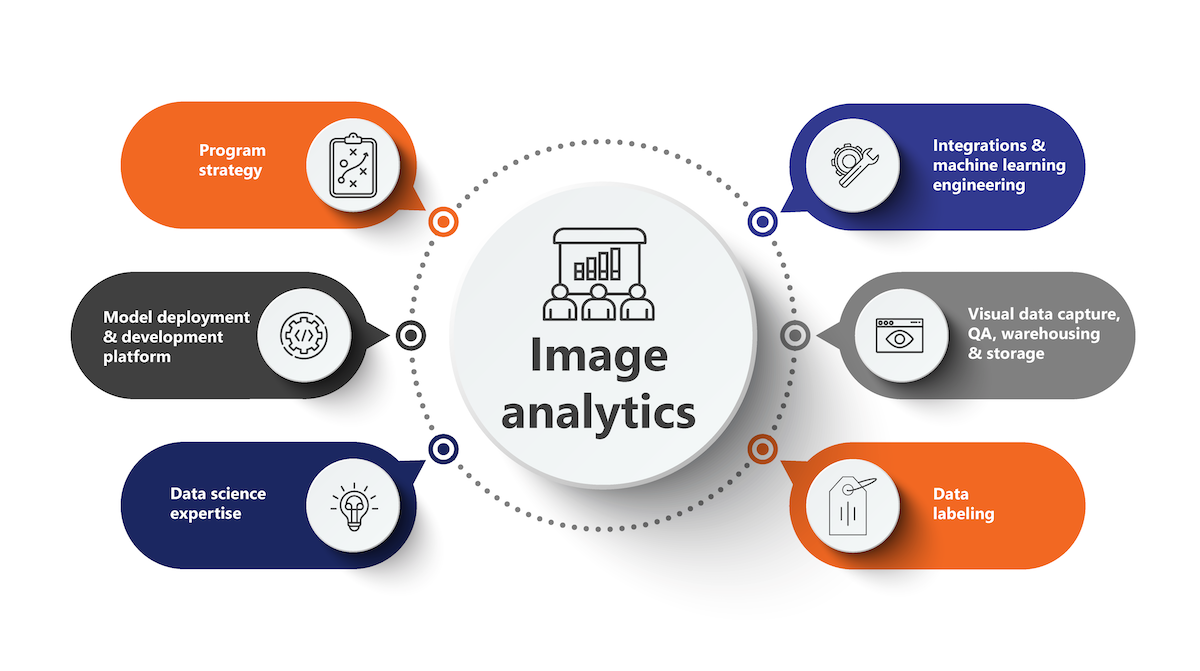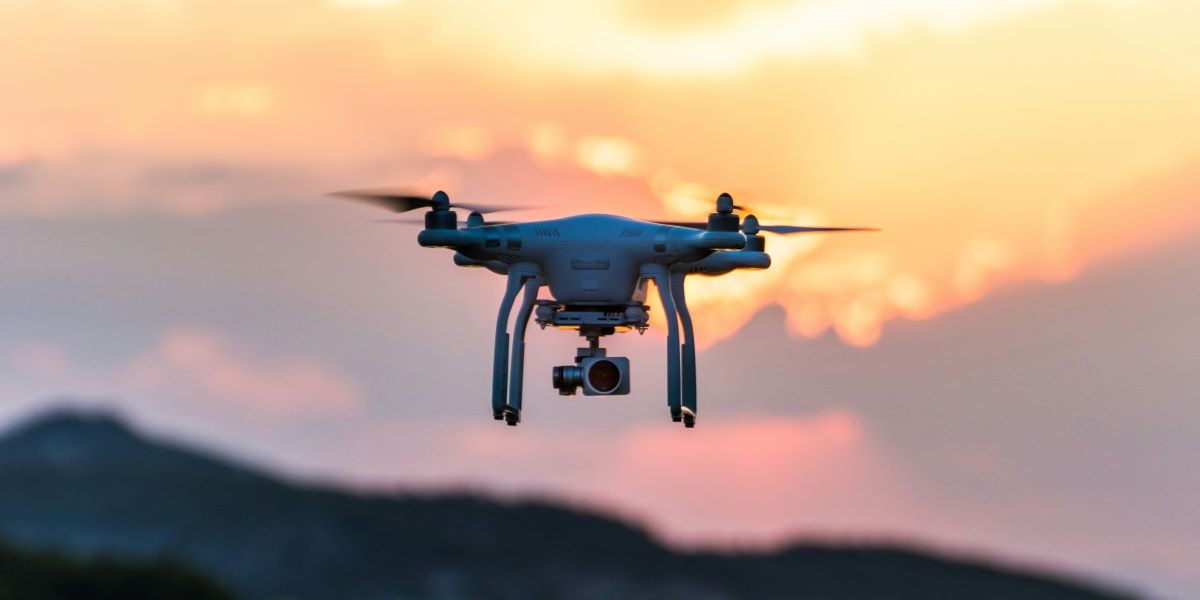Asset Image Analytics
Asset image analytics: Transforming images into insights
Images from drones, fixed cameras, LiDAR, satellites, and other sources can elevate utilities’ efforts to prevent wildfires, keep field assets in good working order, and mobilize disaster response teams. With potentially thousands of images flowing in every day, utility providers need intelligent image analytics solutions that can transform this visual data into decision-supporting insights.
Logic20/20 leverages the latest in machine learning and AI, including advanced computer vision, to develop impactful asset image analytics solutions. We empower utilities to transform a steady stream of raw images into real-time, data-driven insights that help them protect their assets and safeguard their communities. Through AI image interpretation, we help utilities proactively tackle potential issues before they escalate into significant challenges.
Building a strong foundation
For AI-powered image analytics solutions to deliver timely, accurate insights, quality input is essential. That’s why Logic20/20 begins by building a strong data foundation to maximize ROI on your investment, encompassing six integrated pillars:

Program strategy
Laying the groundwork for success, this pillar emphasizes synchronizing asset image analytics use cases with the organization’s objectives. It constructs a robust base for a prosperous data strategy, ensuring that the program aligns perfectly with your unique requirements.
Model deployment and development platform
At the core of technological progress, this pillar focuses on the development and implementation of models for AI image recognition algorithms. It ensures the creation of a robust platform dedicated to crafting and enhancing these models, aiming for unparalleled accuracy in output.
Data science expertise
This pillar focuses on applying expert knowledge in big data analytics in image processing. It entails employing advanced methodologies to extract significant insights from visual data.
Integrations and machine learning engineering
This pillar is pivotal for seamlessly integrating image analytics tools into current systems and formulating machine learning algorithms. It’s geared towards improving the classification and examination of visual data.
Visual data capture, QA, warehousing, and storage
This pillar is dedicated to capturing high-quality images and implementing rigorous quality assurance protocols. It also focuses on the efficient storage and organization of visual data, ensuring straightforward access and smooth processing.
Data labeling
This final pillar is crucial for training AI algorithms, emphasizing the importance of accurately labeling image data for high-quality image analysis. Accurate data tagging with meaningful information ensures that training examples are relevant and precise, enhancing the AI’s learning process for improved image classification and output accuracy.
We start by gaining insights into your current image analytics processes, applications, architecture, services, and data handling regarding image collection, quality control, indexing, labeling, and more.
Technical proof of concept (POC)
The POC enables our clients to test new image analytics technologies on a manageable scale. By developing a demo before launching into full-scale deployment, we help define the product’s scope, prevent costly scope creep, and ensure the platform aligns with business needs and user expectations.
Utility use cases: where image analytics makes a difference
Vegetation management
AI-powered reviews of drone images rapidly identify high-risk overgrowth to help you prioritize interventions.
Asset management
Evaluate equipment images alongside key inspection, asset, and weather data to enable analytics-driven management.
Risk assessment
Detect and evaluate the impact of hazards such as equipment corrosion or environmental changes.
Proactive & reactive maintenance
Automate analysis of infrastructure images to identify issues and intervene before they escalate.
Disaster recovery
Transform photos of damage into data to prioritize restoration efforts and streamline insurance claim reporting.
Outcomes
Enhanced operational efficiency
Process and analyze vast quantities of visual data at a speed and accuracy level unattainable by human effort, enabling quicker decision making and more streamlined operations.
Improved safety and risk management
Identify potential hazards and maintenance issues—like damaged equipment or overgrown vegetation near power lines—before they can lead to outages or accidents.
Cost-effective asset management
Prioritize maintenance tasks and allocate resources based on real-time visual data to extend the lifespan of critical infrastructure.
Rapid disaster response and recovery
Quickly assess damage from events like storms or wildfires to mobilize recovery efforts more effectively, minimizing downtime and expediting restoration of service.
Streamlined regulatory compliance and reporting
Monitor and document compliance with industry regulations such as vegetation management laws to facilitate reporting while ensuring accuracy.
Improved customer satisfaction
By proactively addressing potential issues and minimizing disruptions, utilities can significantly improve customer satisfaction and create a better overall customer experience.
Case study
Building a business case for asset image analytics
How we equipped a major Midwest utility with a strategic foundation for advancing its drone image analytics capabilities.

Case study
Image analytics for asset inspection
We built an architectural foundation to allow for efficient feature enhancements and reduced technical costs in a West Coast utility’s asset image analytics program.

Insights
AI desktop inspection: Transforming utility asset management
Drones plus AI: meet the future of utility asset management
Unlocking the power of asset image analytics: 9 key strategies for success
What are your challenges? Let’s talk through the solutions.
